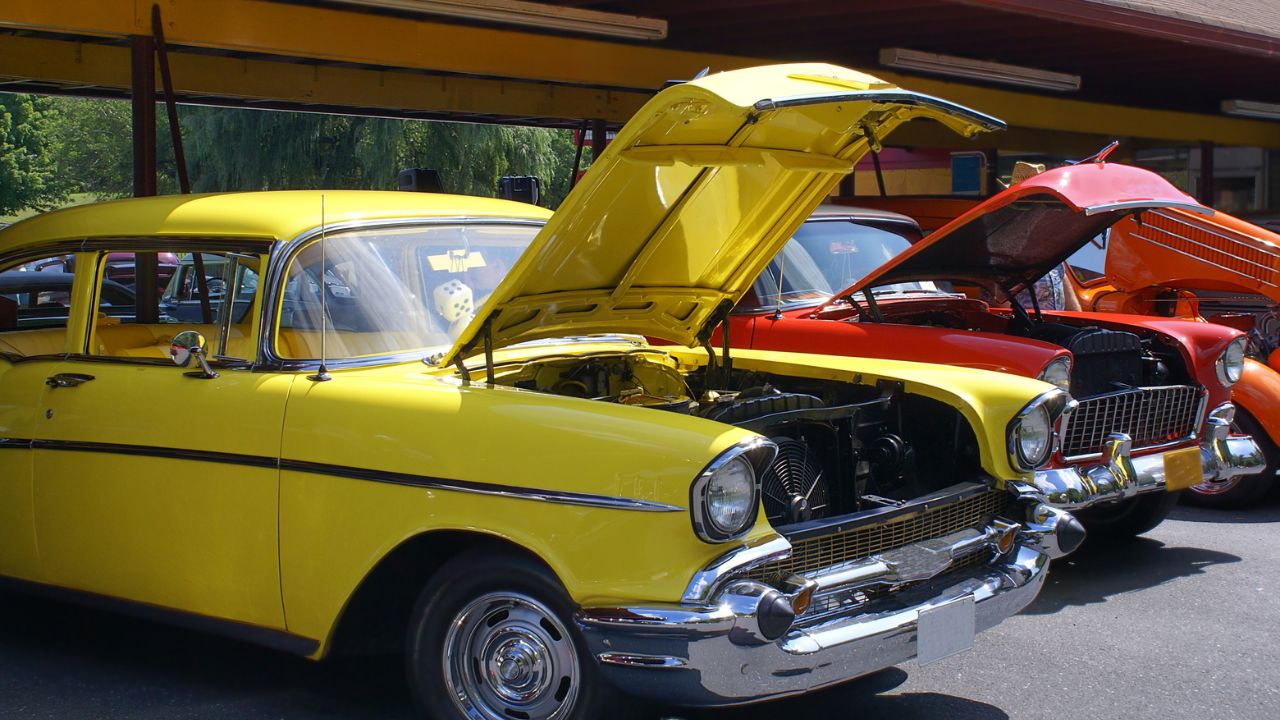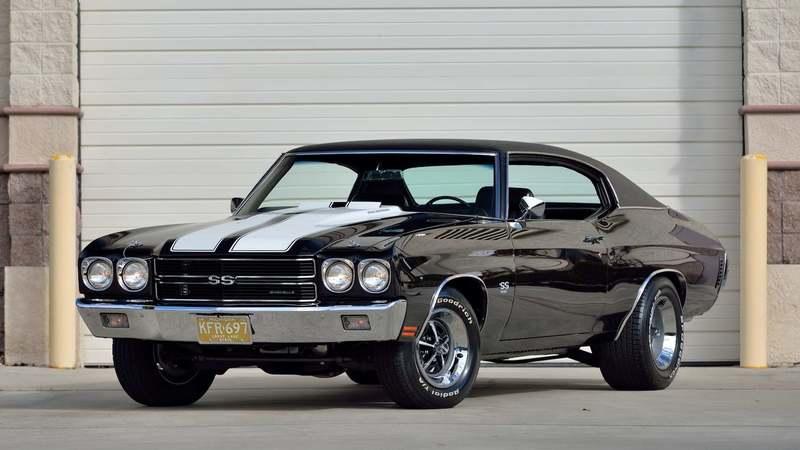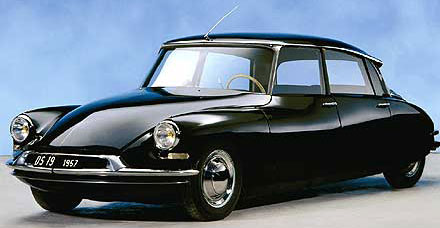
There are many types and models of police cars in use since the 1990s. This article focuses on the Ford Crown Victoria Police Interceptor, Dodge Diplomat, Plymouth Gran Fury, and Camaro. Each car is unique and has its own qualities that make them excellent police cars. Camaro seems to be the most distinctive among them all.
Ford Crown Victoria Police Interceptor
Ford Crown Victoria Police Interceptor (midsize police car) was built on a platform that used a body-on frame design. It was a popular choice among taxi companies, law enforcement agencies, and fleet buyers. Its body on-frame construction made repairs simple and quick. But, the vehicle does have its limitations. These drawbacks will be discussed in this article. This vehicle might not be right for you.
The police vehicle was built with a stab-resistant steel plate in the backseat to prevent stabs from suspects in the rear seat. A break is also included in the seat of the police car for additional safety. The column-mounted shifter makes it easy to use. It is standard with an All-Wheel Drive powertrain. The vehicle boasts larger brake drums and an advanced ABS with cooling system.

Dodge Diplomat
The 1988-1990 Dodge Diplomat Police car was a stylish, reliable machine which made it the ideal vehicle for fleet use. The car featured a 318ci V8 engine with roller valve lifters, rated at 140 horsepower. Although the Lean Burn ignition system was still in use in 1988, it had worked out its kinks. The car was featured in many movies and television shows of the 1980s.
The Dodge Diplomat was its only intermediate model. It was the second-best selling vehicle of 1977. A padded knee blocker was also included on the dashboard of the Diplomat. The top was completed with a black vinyl cap. The Diplomat was also popular with police fleets due to its affordability and reliability. The vehicle was soon replaced by the Dodge Dynasty in 1991.
Plymouth Gran Fury
1989 Plymouth Gran Fury Police Car was one of the last full-size R body police cars made by Mopar. It has a 318ci V8 engine with a TorqueFlite automated transmission. It has 67,000 miles and was modified with a police package. Original intention was to make the burgundy color scheme for a New Jersey museum. The 1990 Gran Fury is a police car with a limited production run.
Gran Fury's hardtop and pillared design are the first ever of their kind. The original 1970 model was a pillared coupe. Later, the body was modified with a two door hardtop in 1971. The Fury Gran Sedan received a hardtop sedan in 1972. While only a few Furys saw use by police departments in 1970s, this model was a big success for the company.

Camaro
Boones Mill Police Department, Virginia, ordered a 1990 Chevrolet Camaro as soon as the B4C package became available. The car had a 5.7-liter V8 engine and an automatic transmission. It has 73,000 kilometers on the drivetrain. The B4C package adds 16-inch aluminum wheels and an engine oil cooler to the car. All four corners have disc brakes. The seller hopes to sell it for $20,000, which would make the car an attractive investment.
Although the GM Camaro had been a success, it was not a reliable police vehicle. The Chevrolet B4C was found to be far more superior by the police force. It was equipped with a 5.7-liter Corvette-inspired V8 and could hit speeds of up to 150 mph. This car was a favourite among state troopers. This car also had more horsepower and was faster than its predecessor.
FAQ
Is it possible to work as an automotive mechanic?
Yes, it's possible. Many garages advertise their vacancies online, and many people apply just because they think it might be fun. Applying for several positions and seeing if they accept student applications is a good way to get your foot into the door. Ask your friends and family to recommend anyone in the field. They might be willing to recommend someone.
Is it difficult to become a mechanic apprentice
It's not simple, but you can learn quickly and there are many avenues for advancement.
You must be patient and persistent. You should also be able to repair cars, trucks, and motorbikes.
Customers and family members can put a lot pressure on you. They want you to succeed. But you should never feel pressured into making decisions you aren't comfortable with.
This is a career that you might enjoy if you are passionate about fixing cars. You can make a decent living and build your business.
You might choose to take a different route. Consider becoming a technician.
This is where you use your technical skills to support other workers. You could help technicians troubleshoot problems or teach them new techniques.
Another option is to become an advisor in service. As a service advisor, you will provide assistance and advice to customers as they bring their car to a garage.
Your decision will be based on what your priorities are. There are many options and you have the ability to choose the one that is right for you.
What is the best career for an automotive mechanic?
If you are determined to excel, the automotive industry offers many opportunities. Working hard and learning from others is the best way to be successful in this field.
Your job will require you to be a good communicator as you'll be talking to customers and other employees. It is important that you are willing to travel, work long hours and be able to commute.
If you are interested in a career working in automotive, then consider attending classes at community colleges. Many schools offer programs designed specifically for students interested auto repair, sales, and customer services.
If you decide to pursue a degree, you should study mechanical engineering. You can earn a bachelor's in as little four years.
Many companies will hire students straight out of college. You should start looking for employment as soon as you are able to continue your studies part-time.
Once you've completed your education, you'll probably need to complete some form of training before being able to take up a position as an automotive technician.
This means you'll need pass exams like the Automotive Services Excellence (ASE), certification exam. This test covers engine maintenance and brakes as well as suspension.
After passing the ASE exam, you can apply for a National Institute for Automotive Service Excellence license.
You can perform repairs on private cars by obtaining a license. You will be compensated based on how many services you performed.
It's important to note that not all states require licensing. If you intend to work in another state, however, you will need a license.
Some states don’t issue licenses until a certain amount has been completed. If this applies to you, then you may need to find another option.
How do I fix my car for a hobby?
Why not make it a hobby if you're interested in cars? You can repair them, buy their parts, sell them, or just have fun with them. If you are looking for something more, it would be an excellent hobby.
It's difficult to make this a fulltime job. It takes a lot of dedication and hard work. It requires a lot investment.
You may not be able to have an emotional connection with cars unless there is a valid reason.
Statistics
- According to the BLS, total auto technician employment is expected to exceed 705,000 by 2030. (uti.edu)
- Apprentice mechanics earn significantly less hourly than mechanics who have completed training, with a median wage of approximately $14.50 an hour, according to PayScale. (jobhero.com)
- The U.S. Bureau of Labor Statistics (BLS) reports that the job outlook for automotive service technicians and mechanics is expected to decline by 4% from 2019 to 2029. (indeed.com)
External Links
How To
How to correctly diagnose your vehicle for repairs
The symptoms of your vehicle are the first thing you need to look at in order to determine whether it is in dire need of repairs. Follow these steps to properly diagnose your vehicle.
-
Check engine lights. Check the dashboard light indicators such as the engine light indicator, the oil pressure gauge, the battery light indicator, the coolant temperature gauge, and the RPM gauge. If they have been flashing for more days than usual, it could be a sign that something is wrong with the vehicle.
-
Inspect the tire treads. Tires with worn treads could cause problems when handling or braking. The treads of the wheels should be inspected as well. You should ensure that they are clean and smooth. To do this, remove the wheels and take them out. Use a flashlight to see how well the treads are worn.
-
Monitor the level and consistency of your brake fluid. Keep track of the brake fluid level in your vehicle. This helps ensure that your brakes operate properly. Low brake fluid levels could cause your brakes to fail when you apply pressure.
-
The suspension system should be tested. It is common for vehicles to have a suspension system which absorbs shocks or vibrations. This suspension system provides greater control and smoother acceleration and deceleration. A suspension problem can cause your vehicle to feel wobbly and shake uncontrollably. Try putting some weight on your front or rear axle to determine if you have a suspension problem.
-
Take a look at the steering column. The steering column connects the steering wheel to all other components of the vehicle. Accidents often damage steering columns. If yours feels loose or shaky, you should replace it.
-
The exhaust pipe should be observed. The exhaust pipes are responsible for moving gases from the combustion chamber into the atmosphere. If the exhaust pipe is damaged or leaks, harmful fumes can enter your cabin. Also, if your tailpipe is bent, you should fix it immediately.
-
Look under your hood. Take a look underneath the hood to find any strange or unusual items. There could be fluid leaking from your engine. A professional technician should be contacted if your engine compartment emits an unusual smell.
-
It is important to inspect the air filter. The outside environment collects dust and other particles in the vehicle's filter. A dirty filter can lead to a poor vehicle's performance. Replace your air filter regularly.
-
The fan belt should be checked. Your vehicle's fanbel is what connects the engine and the transmission. If it breaks, the engine won't turn over. It's easy to replace the belt. All you need are a screwdriver & pliers.
-
The radiator hose and hoses should be checked. The radiator hose transports water from radiator to engine. If it becomes cracked or damaged, it can leak hot liquid onto the engine. To repair the hose, you will only need to use a pair needle-nosepliers and a wire brush.
-
The windshield wipers should be checked. Windshield wipers use electricity to wipe away rain and snow. If they stop working, they could leave streaks on your window glass. Change the washer fluid to fix the problem.
-
Check the battery cables. Batteries provide power to electrical systems inside your car. Make sure you disconnect the negative cable before replacing batteries. Failure to do so can damage your alternator.
-
Make sure your headlights are working properly. Headlights are used to illuminate the road ahead. Poor visibility can result if the headlights don't function properly. To determine if your bulbs are out of date, check them.
-
Check the lights. When you approach them at night, the lights warn other drivers. It could cause distraction and even lead to an accident if it doesn't work.
-
You should inspect your brakes. Before you collide with another vehicle, brakes will slow down the car. You could lose control of the car and cause a crash if they don't work properly.
-
Make sure to change the oil. The oilkeeps your engine lubricated. It protects metal parts and prevents them from wearing too quickly. It is recommended that the oil be changed every other month.